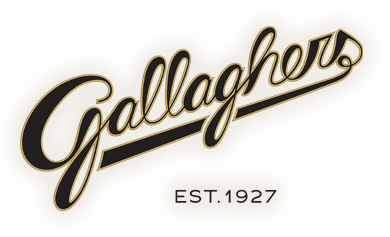Gallagher's Steakhouse
 Tuesday, March 11, 2014 at 05:37AM
Tuesday, March 11, 2014 at 05:37AM  Gallagher’s Steakhouse is back from its near-death experience. Prior owner Marlene Brody had planned to close the place in late 2012, citing “economic reasons.” In swooped Dean Poll, operator of the Central Park Boathouse Cafe, who signed a 20-year lease on the space and bought the name, saying he considers himself “privileged to own it.” The restauant closed for renovations in mid-2013 and re-opened in February.
Gallagher’s Steakhouse is back from its near-death experience. Prior owner Marlene Brody had planned to close the place in late 2012, citing “economic reasons.” In swooped Dean Poll, operator of the Central Park Boathouse Cafe, who signed a 20-year lease on the space and bought the name, saying he considers himself “privileged to own it.” The restauant closed for renovations in mid-2013 and re-opened in February.
There was much rending of garments over the near-loss of Gallagher’s. Fact is: it had long ago ceased to be relevant. I don’t ever recall seeing the place on any top-10 steakhouse list. Or top-anything, for that matter. Passersby oogled the windowed meat locker facing 52nd Street—and then kept on walking.
The décor that Poll inherited (checked tablecloths and knotty pine walls) had not been fashionable since the Eisenhower administration, unless it was the Truman administration. Anyhow, Poll has revamped it smartly, while retaining the bones of the old Gallagher’s, including the street-facing dry-aging locker and photos of celebrities on almost every inch of wall space. But with white tablecloths, dark leather chairs and mahogany paneling, Gallagher’s now looks like the old-school steakhouse that it is.
The menu earns no points for originality—nor should it. Poll has restored the porterhouse steak (deleted, incredibly enough, by the prior owners in 2008), and there’s a decent selection of non-steak entrées if you visit with your pescatarian friends. Otherwise, it’s mostly the items you expect. The place is not a Luger clone, as there is no thick-cut bacon. Prices are about in line with other old-school joints, and slightly less expensive than premium modern steakhouses like Porter House New York or Minetta Tavern.





































